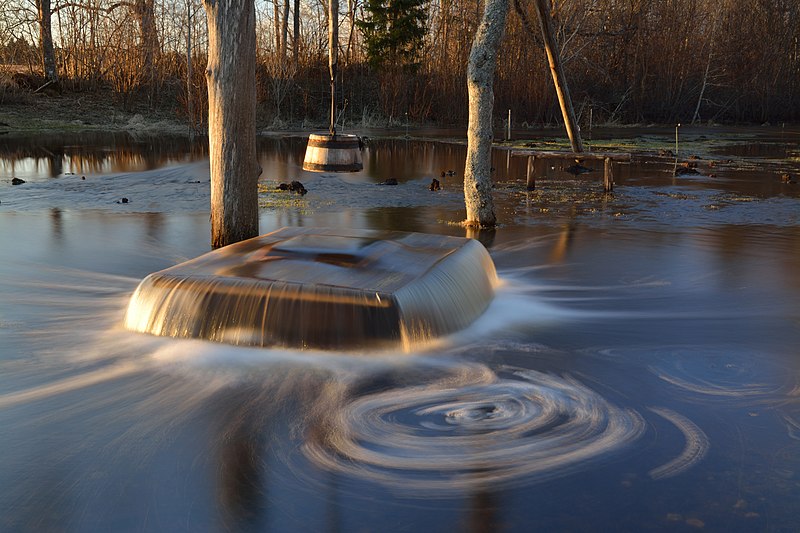Lahabali kɔligu:Tuhala Witches Well1-21-03-2013.jpg

Jɔhiyuli maa galisim:800 × 533 anfooni bihi bihi. Din pahi resolutions: 320 × 213 anfooni bihi bihi | 640 × 427 anfooni bihi bihi | 1,024 × 683 anfooni bihi bihi | 1,280 × 853 anfooni bihi bihi | 2,560 × 1,707 anfooni bihi bihi | 5,100 × 3,400 anfooni bihi bihi.
Faal maa maŋmaŋa (5,100 × 3,400 pixels, file size: 9.62 MB, MIME type: image/jpeg)
Faal tarihi
Dihimi dabisili/saha n-nya kɔl' bihi kamani di ni di yina shɛm
| Zuŋɔ dabisili/Saha | Thumbnail | Di tarisi | ŋun su | tɔhibu | |
|---|---|---|---|---|---|
| din na chana | 19:54, 21 Silimin gɔli April 2013 |  | 5,100 × 3,400 (9.62 MB) | Iifar | User created page with UploadWizard |
Lahibali kɔligu zaŋ tum tuma
Din doli ŋɔ na yaɣili tuma nima zaŋ ti lahabali kɔligu ŋɔ:
Duniya zaa lahabali kɔligu zaŋ tum tuma
Wikis shɛŋa ŋan dolina ŋɔ gba malila faal ŋɔ n kuri bukaata:
- Zaŋ tum tuma ar.wikipedia.org zuɣuc
- Zaŋ tum tuma az.wikipedia.org zuɣuc
- Zaŋ tum tuma be-tarask.wikipedia.org zuɣuc
- Zaŋ tum tuma be.wikipedia.org zuɣuc
- Zaŋ tum tuma bg.wikipedia.org zuɣuc
- Zaŋ tum tuma bn.wikipedia.org zuɣuc
- Zaŋ tum tuma ca.wikipedia.org zuɣuc
- Zaŋ tum tuma crh.wikipedia.org zuɣuc
- Zaŋ tum tuma cs.wikipedia.org zuɣuc
- Zaŋ tum tuma cv.wikipedia.org zuɣuc
- Zaŋ tum tuma de.wikipedia.org zuɣuc
- Zaŋ tum tuma el.wikipedia.org zuɣuc
- Zaŋ tum tuma en.wikipedia.org zuɣuc
- Zaŋ tum tuma eo.wikipedia.org zuɣuc
- Zaŋ tum tuma et.wikipedia.org zuɣuc
- Zaŋ tum tuma eu.wikipedia.org zuɣuc
- Zaŋ tum tuma fa.wikipedia.org zuɣuc
- Zaŋ tum tuma fiu-vro.wikipedia.org zuɣuc
- Zaŋ tum tuma fr.wikipedia.org zuɣuc
- Comté de Harju
- Exsurgence
- Aide:Visionneuse de médias/Démonstration
- Wikipédia:Image du jour/22 mars 2019
- Puits aux sorcières de Tuhala
- Wikipédia:Image du jour/mars 2019
- Projet:Aide et accueil/Twitter/Tweets/archives/mars 2019
- Wikipédia:Wikimag/2019/12
- Projet:Les sans pagEs/Articles récents/Photos/2019/janvier
- Zaŋ tum tuma gl.wikipedia.org zuɣuc
- Zaŋ tum tuma he.wikipedia.org zuɣuc
- Zaŋ tum tuma hr.wikipedia.org zuɣuc
- Zaŋ tum tuma hu.wikipedia.org zuɣuc
- Zaŋ tum tuma hy.wikipedia.org zuɣuc
- Zaŋ tum tuma id.wikipedia.org zuɣuc
- Zaŋ tum tuma it.wikipedia.org zuɣuc
Yulima more global usage zaŋ chaŋ lahabali kɔligu ŋɔ.





